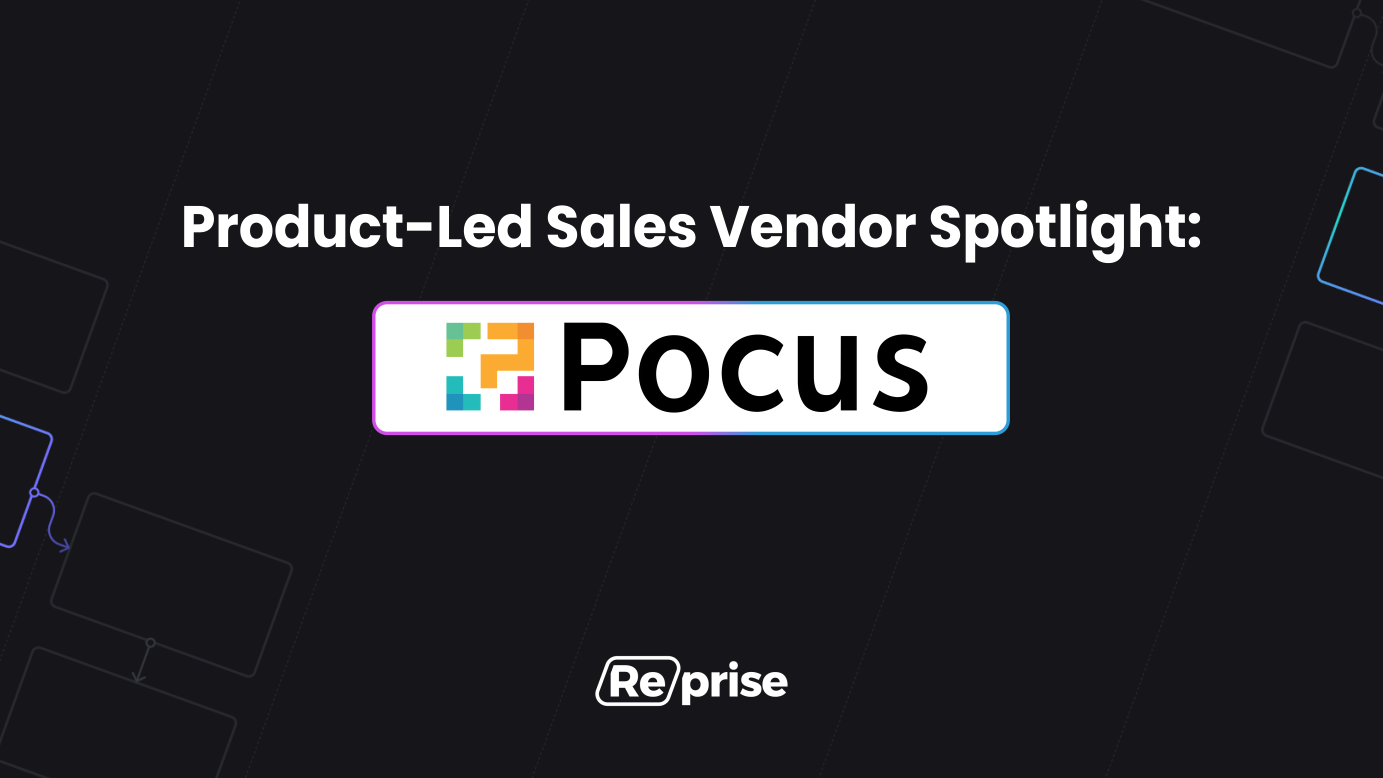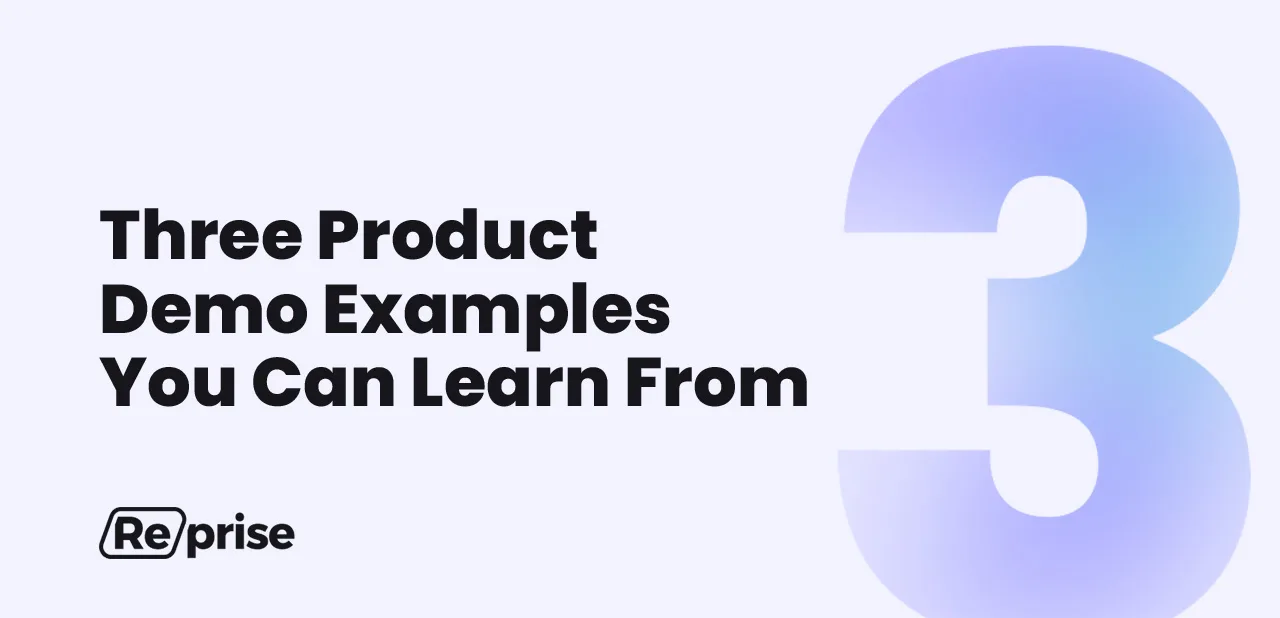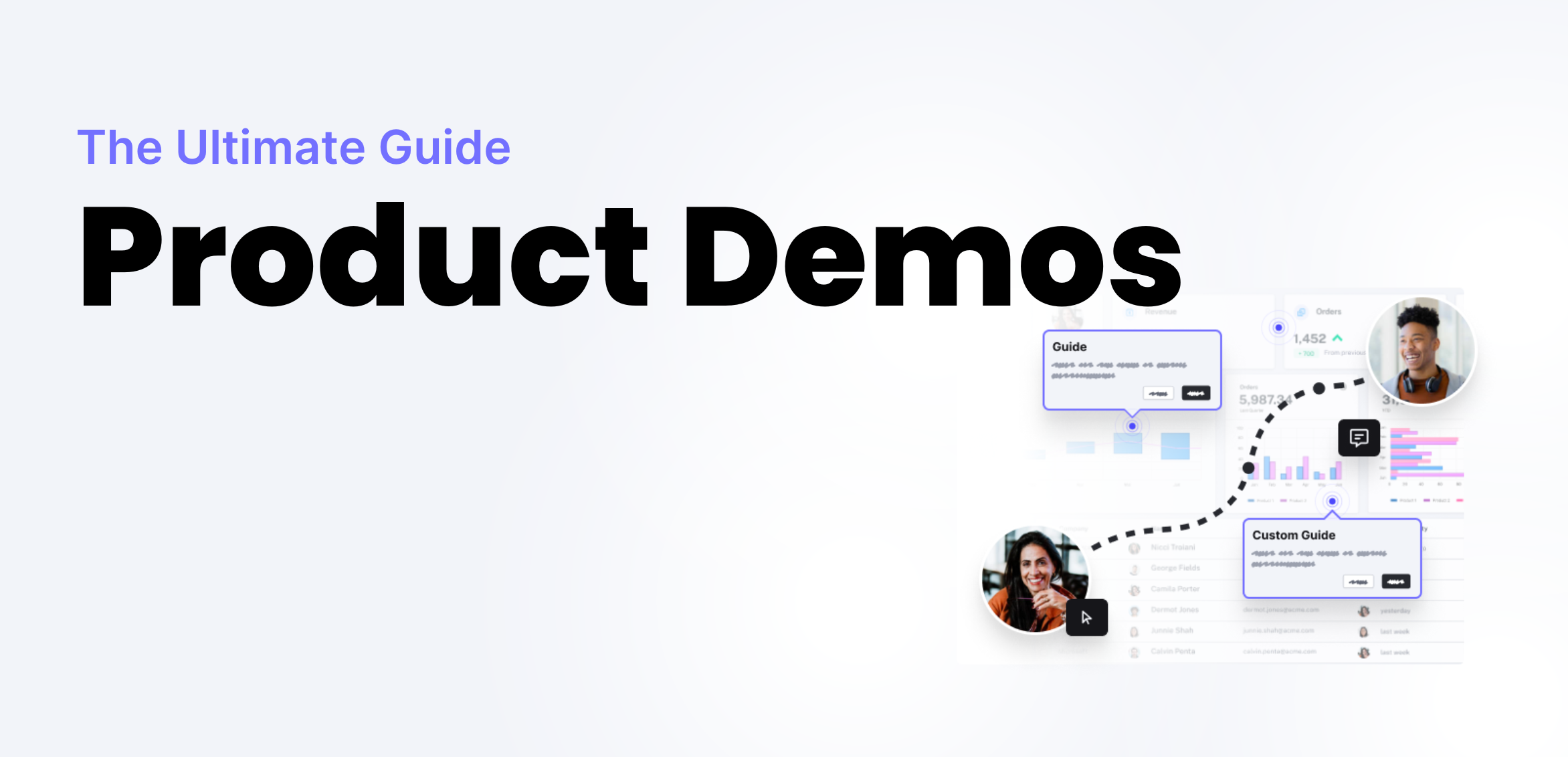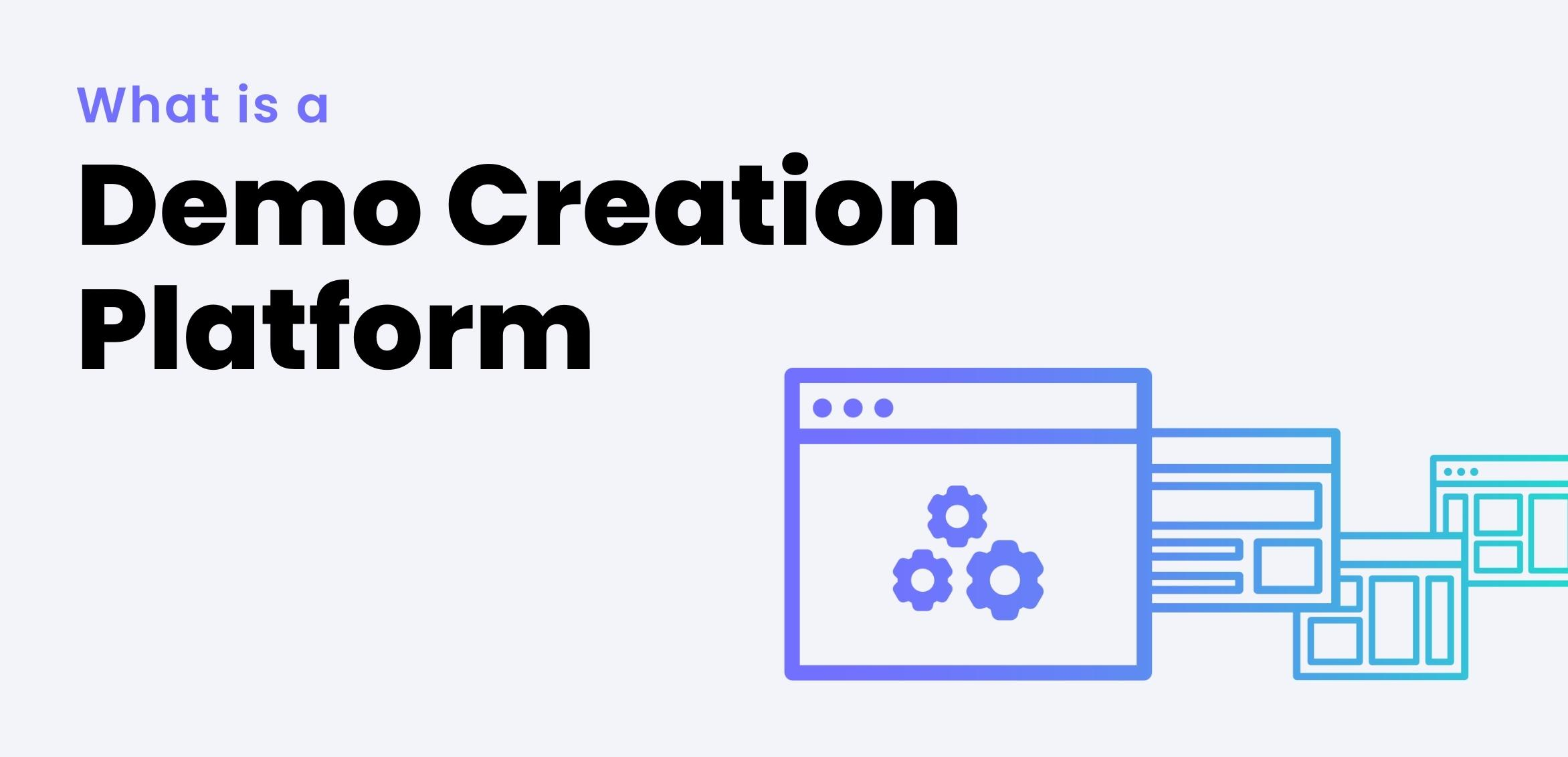Product-Led Sales Vendor Highlight: Pocus

Product-led sales is a huge growth segment in SaaS right now – it’s a topic many of us find fascinating, myself included. I’ll be highlighting some of the vendors who do it best in this series so we can all learn from each other in the PLG community.
For the first installment of this series, I talked to Alexa Grabell who is the co-founder and CEO of Pocus to see what she does, what they do, and her thoughts on product-led sales.
How She Got Into Product-Led Sales
Alexa’s most recent role before Pocus was leading sales strategy and operations at Dataminr. She was focused there on thinking through how to take all their freemium users and utilize them as a catapult for enterprise sales, as well as understanding how users engaged with the product and equipping the sales team with the data they needed to improve the go-to-market motion.
While at Stanford, she started going really deep on product-led growth – she talked to over 300 GTM teams in PLG companies. During these conversations, she realized that understanding PLG and its role in sales and growing revenue was really the hair-on-fire problem in the industry.
That realization was the impetus to create Pocus, which is the product-led sales platform. It helps sales teams at PLG companies identify, prioritize, and understand self-serve users and convert those users to high-value customers.
What Is Product-Led Sales?
In Alexa’s definition, product-led sales is an end-user-focused roadmap that utilizes self-service users as the primary funnel for sales. Instead of going after cold leads or MQLs, you can now use product-qualified leads as a funnel for sales which sets you up for success.
Having a robust product-led sales motion (which is sales layered on top of product-led growth) can accelerate revenue, reduce the cost of acquiring customers, and improve customer experience by selling the product how the customer wants to buy it.
Read more about Pocus’ perspective on the Product-Led Sales platform definition.
What is a PQL?
A product-qualified lead is a bit hard to define universally, because it’s specific to the individual product. But generally speaking, a PQL is a user who has already engaged with the product, so there’s a high likelihood they’ll convert vs a cold contact.
Identifying your PQLs, for Alexa, comes in three buckets. The first is customer fit, like industry, geographical area, and company size. The second is some kind of product engagement metric – the number of signups, sharing, or engaging with a specific feature. And the third is buying intent – did the user visit the pricing page, attend a webinar, or do something else that makes them a great user or high-value buyer?
Roll all three of those signals up into one metric and you’ll be able to think through who your best prospective customers are right now.
When you have all three of those buckets set up and all of that information in one place, that’s when the product-led sales magic happens. Now you know who to reach out to, when to do it, and the most effective approach.
But every company defines PQLs differently – some combine PQLs and MQLs, some consider them separate, some have multiple PQLs – it really depends on how you define your PLS motion.
When To Go Product-Led
The conventional wisdom tends to say you should go product-led when your ARR is around $10-15 million or when your self-serve flywheel is reliably growing naturally.
Based on her experience, Alexa suggests going product-led when you have a decent amount of customers raising their hands more frequently and asking questions that go beyond “how do I reset my password?” When users start asking how to do things like centralize their billing and invite three teams from their organization to the product – this is clearly beyond a support question and becomes a sales one instead.
Another good time is when you have go-to-market teams (like product, marketing, or customer success/support) that are naturally starting to take on a sales role. If you’re eager for a quantitative metric here, look at your inbound leads and how many self-serve users you have signing up.
If your sales team can’t keep up with those inbound leads anymore and isn’t sure how to prioritize them, then it’s the right time to add a sales team that’s hyperfocused on the end user.
For Enterprise Customers
Alexa is clear that she’s not saying not to go after enterprise sales. But she says that bigger customers who want to run after bigger deals need to be data-driven to succeed. Use data about how users are already using the product to inform your outreach strategy instead.
For enterprise sales folks chasing those big deals, would you rather go after a totally cold lead who’s never even heard of your product, or a company that has 50 different users across three teams using your product? The answer is obvious.
What’s less obvious is how to create a sales team that goes after the right leads based on who already loves your product. It’s a common misunderstanding that big companies can’t do PLG, but what she’s saying is be user-centric, data-driven, and effective in your sales motion and you’ll make it work.
Learn More About Pocus
Alexa loves chatting with anyone interested in product-led sales on Linkedin or Twitter. But the best place to reach her and the Pocus team is in the Product-Led Sales Slack community!



